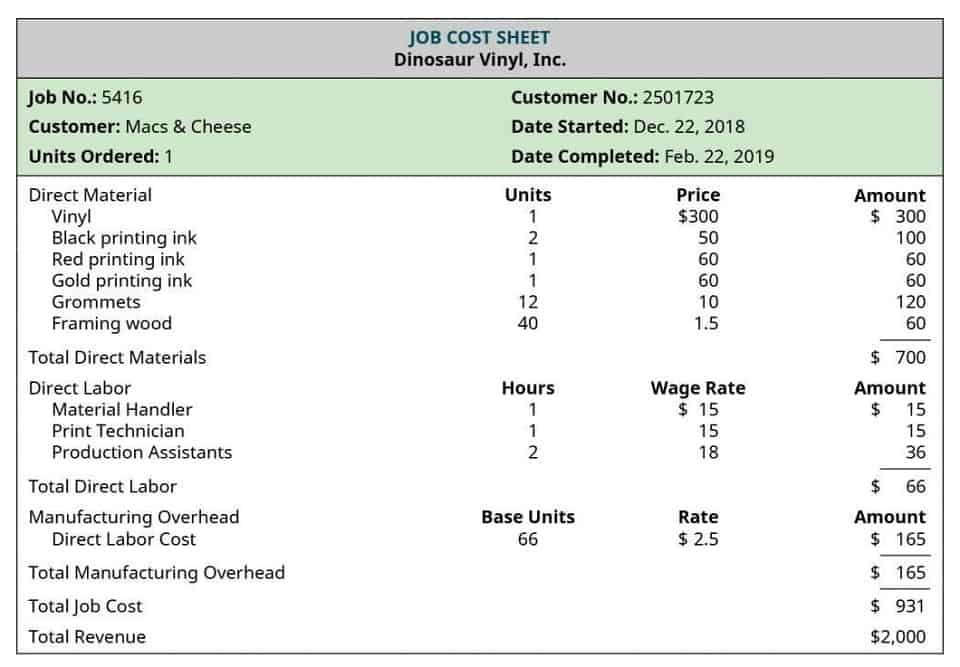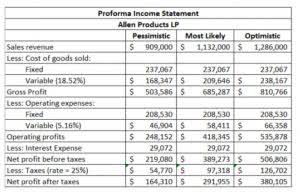
Chartered accountant Michael Brown is the founder and CEO of Double Entry Bookkeeping. He has worked as an accountant and consultant for more than 25 years and has built financial models for all types of industries. He has been the CFO or controller of both small and medium sized companies and has run small businesses of his own. He has been a manager and an auditor with Deloitte, a big 4 accountancy firm, and holds a degree from Loughborough University. Since the purpose of the contra account is to be offset against the balance on another account, it follows that the normal balance on the contra account will be the opposite of the original account.

Free Course: Understanding Financial Statements
- However, the amount of the retained earnings balance could be relatively low even for a financially healthy company, since dividends are paid out from this account.
- Profits give a lot of room to the business owner(s) or the company management to use the surplus money earned.
- At least not when you have Wave to help you button-up your books and generate important reports.
- Let’s say that a marketer named Elena is looking to expand her agency, but needs to provide some information about retained earnings to attract new investment.
- They are a type of equity—the difference between a company’s assets minus its liabilities.
- GAAP greatly restricted this use of the prior period adjustment, but abuses have apparently continued because items affecting stockholders’ equity are sometimes still not reported on the income statement.
Conversely, when a company incurs a net loss or declares dividends, it will debit the retained earnings account, thereby decreasing its balance. A statement of retained earnings is a formal statement showing the items causing changes in unappropriated and appropriated retained earnings during a stated period of time. Changes in unappropriated retained earnings usually consist of the addition of net Law Firm Accounts Receivable Management income (or deduction of net loss) and the deduction of dividends and appropriations.

See profit at a glance
- It should be noted that if an account is normally a debit balance it is increased by a debit entry, and if an account is normally a credit balance it is increased by a credit entry.
- Since the purpose of the contra account is to be offset against the balance on another account, it follows that the normal balance on the contra account will be the opposite of the original account.
- One occasion for this decision is the desire to remove a voluntary appropriation without causing net inappropriate RE to increase.
- It is important to note that the retained earnings amount can be negative, this happens when companies have net losses or payout dividends more than what is in the retained earnings account.
- For the entity that grows to the position that has financial healthy, dividends normally pay to shareholders.
When your business earns a surplus income you have two retained earnings balance sheet alternatives, you can either distribute surplus income as dividends or reinvest the same as retained earnings. Sandra Habiger is a Chartered Professional Accountant with a Bachelor’s Degree in Business Administration from the University of Washington. Sandra’s areas of focus include advising real estate agents, brokers, and investors.
Retained Earnings: Entries and Statements

They’re like a link between your income statement (aka your profile and loss statement) and your balance retained earnings normal balance sheet. Retained earnings are recorded under shareholders’ equity, showing how these earnings can be used as a tool to generate growth. That’s your beginning retained earnings, profits or losses for the period, and your dividends paid. And while that seems like a lot to have available during your accounting cycles, it’s not.
FAQs About Retained Earnings Calculation
Retained earnings (RE) are created as stockholder claims against the corporation owing to the fact that it has achieved profits. ☝️ It is compulsory to allocate 5% of profits each year to the legal reserve, until it reaches 10% of share capital. Investors are primarily interested in earning maximum returns on their investments. When they know that management has profitable investment opportunities and have faith in the management’s capabilities, they will want management to retain surplus profits for higher returns.

Reinvesting profits back into the company can help it grow and become more profitable over time. GAAP specifically prohibits this practice and requires that any appropriations of RE appear as part of stockholders’ equity. Any probable and estimable contingencies must appear as liabilities or asset impairments rather than an appropriation of RE. A company’s management team always makes careful and judicious decisions when it comes to dividends and retained earnings. Both management and stockholders would also want to utilize surplus net income towards the payment of high-interest debt over dividend payout.
Timely Reminders

Note that a retained earnings appropriation does not reduce either stockholders’ equity or total retained earnings but merely earmarks (restricts) a portion of retained earnings for a specific reason. This line item reports the net value of the company—how much your company is worth if you decide to liquidate all your assets. First, you have to figure out the fair market value (FMV) of the shares you’re distributing. Companies will also usually issue a percentage of all their stock as a dividend (i.e. a 5% stock dividend means you’re giving away 5% of the company’s equity). As you can see, the beginning retained earnings account is zero because Paul just started the company this year. Likewise, there were no prior period adjustments since the company is brand new.
- Retained earnings are calculated by adding/subtracting, the current year’s net profit/loss, to/from the previous year’s retained earnings, then subtracting dividends paid in the current year from the same.
- For an analyst, the absolute figure of retained earnings during a particular quarter or year may not provide any meaningful insight.
- Retained earnings are reclassified as one or more types of paid-in capital under two general circumstances.
- A history of lower retained earnings could indicate that the company is in a mature, low-growth stage since there are fewer ways for the company to reinvest its earnings.
- When a company consistently experiences net losses, those losses deplete its retained earnings.
- Conversely, when a company incurs a net loss or declares dividends, it will debit the retained earnings account, thereby decreasing its balance.
According to the provisions in the loan agreement, retained earnings available for dividends are limited to $20,000. Retained earnings provide a much clearer picture of your business’ financial health than net income can. If a potential investor is looking at your books, they’re most likely interested in your retained earnings. Learn how to build, read, and use financial statements for your business so you can make more informed decisions.
